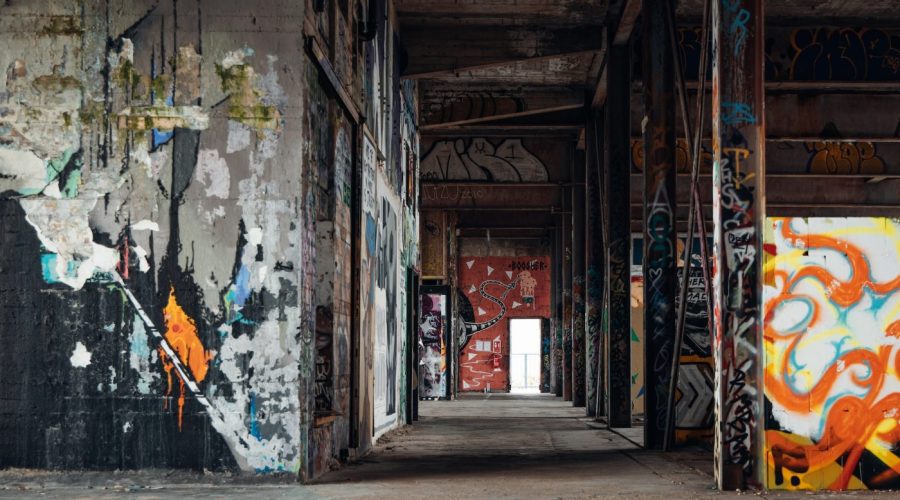Why Should You Visit a Concentration Camp in Berlin?
When it comes to historic landmarks then there is hardly any place that has as much importance as Berlin in Germany. From the grand Brandenburg Gate to the leftovers of the Berlin Wall, the city is a tribute to its extraordinary history. One part of Berlin’s history, that should be noticed, is the relationships to World War II and the […] Many concentration camps lie within the city and speak of their history. Going to a concentration camp can be incredibly powerful and enlightening. Here we will discuss why you should visit a concentration camp in Berlin and share some important information that you need for planning your visit.
Understanding the Importance of Remembering
One of the reasons why you should visit a concentration camp is in order to pay tribute and remember the millions of suffering victims, who were victims of Nazi persecution. These camps act as a tribute to the atrocities that have happened during the Holocaust so we don’t forget and it really can happen again. It is vital to face the past, face the pain and suffering it caused and learn from it for a world to be more compassionate and more tolerant.
Choosing the Right Concentration Camp
There is also several poasts of the concentration camps in and around Berlin for you to visit. Each has there own history and story. Two of the most famous ones are Sachsenhausen and Ravensbrück.
Sachsenhausen Concentration Camp
Sachsenhausen, lies 35 km northeast of Berlin one of the first and the largest Nazi concentration camps. It mainly served as a model camp for officer training of the SS. A visit to Sachsenhausen offers a complete view of the lives of prisoners, of daily life and the workings of the Camp operation and brutality of the regime. There is a on-site museum containing informative displays and exhibits, a somber and educational visit to be had.
Ravensbrück Concentration Camp
Ravensbrück, around 90 kilometers from Berlin, was the largest camp simply for women within the period of Nazi regime. It also held its political dissidents, its resistance fighters, women, from religion, from social backgrounds. A visit to Ravensbrück gives an insight into the particular circumstances and struggles, shared by women, during this ominous period.
Preparing for Your Visit
Before going to a concentration camp, one should prepare oneself psychologically and emotionally quite seriously. To get the most from the experience the following advice:
- Get some research on the camp’s history beforehand to know what you’re dealing with.
- Wear something nice and respectfully that is worthy of place of remembrance.
- Be prepared for water, as walking around the camp is hard physical activity.
- You might want to tack on a guided tour or audio guide for a more educational experience.
- Keep in mind the environment and avoid taking pictures, loud noises.
Experiencing the Visit
Crossing the gates of a Concentration camp is a very emotional experience Throughout the grounds, there are many different sites and structures that had a role in the camp’s setup. Barracks, guard towers, memorials and parts of gas chambers are among the raw remains that still exist. Allow yourself time to reflect and also read the educational signs throughout, also bring a minute peace at the memorial in addition to.
A Reminder for a Better Future
Visiting the concentration camp is a harsh reminder of the lesson against hatred, discrimination and persecution. It becomes an appeal to create more inclusive and compassionate society. By knowing the extent of human suffering, we can seek to make a future in which great disasters never happen again.
Dedicate some time to visit a concentration camp in Berlin and pay tribute to those who suffered. It is an unusual and vital experience that will forever change your point of view regarding humanity and history.
Table of Contents



